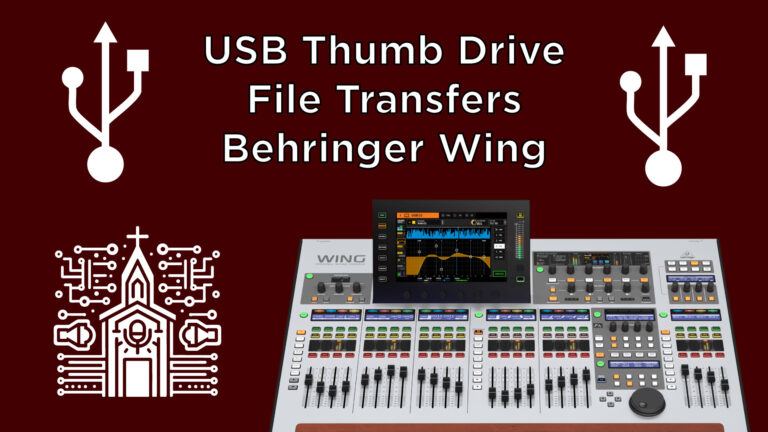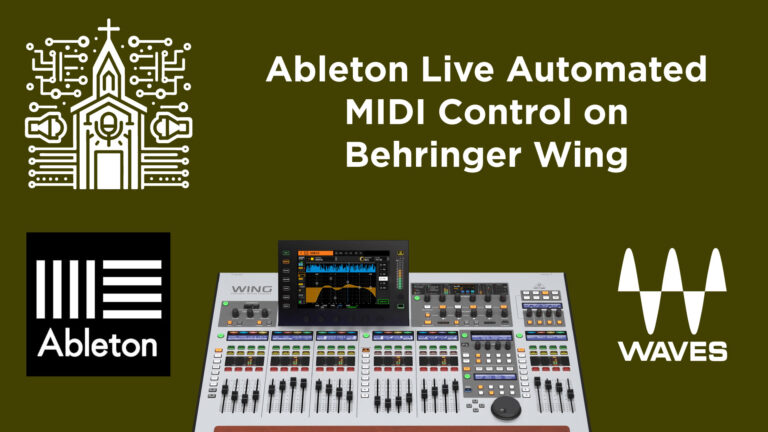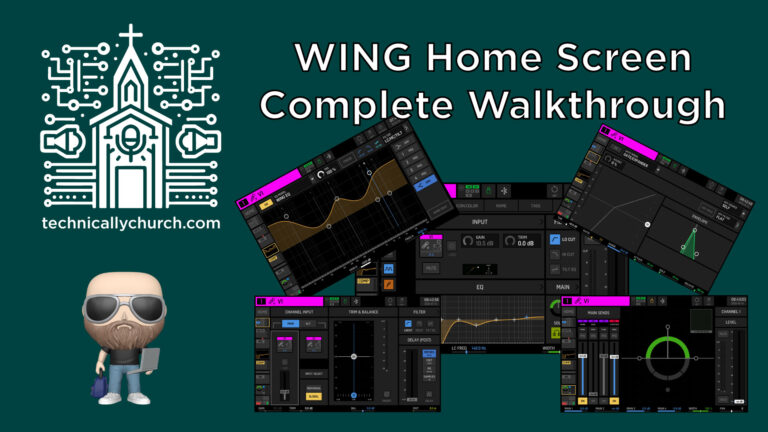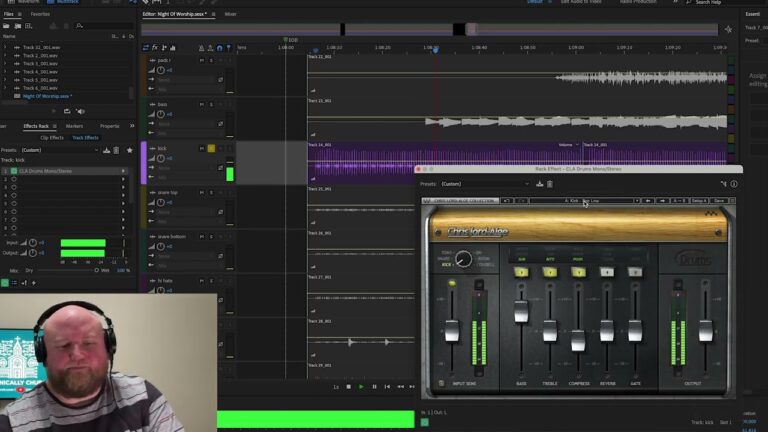Pre-Fader vs. Post-Fader: Explained
Pre-fader and post-fader are terms used in audio engineering to describe the point in the signal flow where various processing and routing decisions are made. These concepts are critical in understanding how audio signals are manipulated within a mixing console or digital audio workstation (DAW).
Pre-Fader
The term “pre-fader” refers to any signal processing or routing that occurs before a channel’s volume fader in a mixing console or DAW. This means that the signal is affected before the fader level is applied. The primary characteristics and applications of pre-fader processing include:
- Microphone Level Adjustment: The most common use of pre-fader processing is to adjust the level of a microphone signal before it hits the fader. This allows for the optimization of the signal-to-noise ratio and gain staging.
- Direct Outputs: Many consoles and DAWs offer direct outputs on each channel that are pre-fader. This means the signal can be sent to an external processor or recorder unaffected by the fader level.
- Monitoring: Pre-fader signals are often used for monitoring purposes. This allows musicians or engineers to hear a channel independently of its level in the main mix.
- Impact on Dynamics and EQ: Pre-fader processing does not affect how dynamics processors (like compressors) and equalizers (EQs) work on the signal since these processors are typically inserted into the signal chain before the fader.
Post-Fader
Conversely, post-fader refers to any signal processing or routing that occurs after a channel’s volume fader. The characteristics and uses of post-fader processing include:
- Effects Sends: Most effects sends (like reverb and delay) are post-fader by default. This means the amount of signal sent to the effect processor is dependent on the fader level.
- Final Mix Level: The post-fader level determines the final mix balance. Adjusting a fader changes the level of that channel in the mix.
- Automation: In digital audio workstations, volume automation is typically post-fader. This means any automated volume changes occur after the pre-fader processing.
- Mixdown and Busses: The signal sent to the master bus for mixdown or to group busses is post-fader, reflecting the final balance as set by the faders.
Differences Between Pre-Fader and Post-Fader
The key difference between pre-fader and post-fader processing lies in their impact on the signal relative to the fader position:
- Pre-Fader: Unaffected by fader movements. It’s used for setting initial levels, monitoring, and external processing where the mix balance is not a factor.
- Post-Fader: Directly impacted by fader movements. It’s crucial for setting the final mix balance and affects how much signal is sent to effects that are integral to the final mix.
Understanding the distinction between pre-fader and post-fader is essential for effective signal routing and mixing. Each has its specific applications, and knowing when to use one over the other can significantly impact the quality and control of the audio mix.





